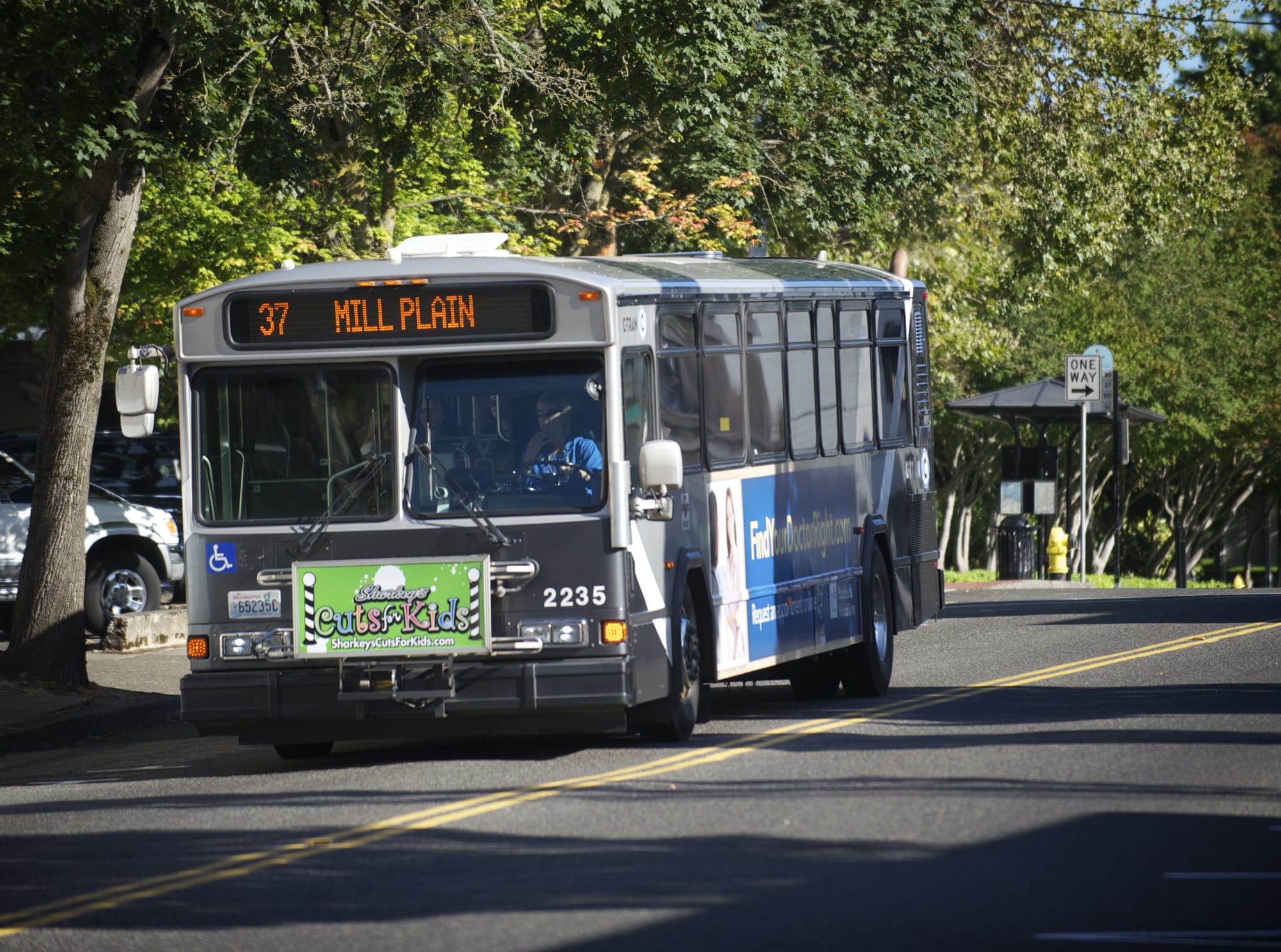An overhaul to C-Tran’s fare system could soon allow users to pay single-ride fares electronically, marking a dramatic shift away from the cash-only model the transit agency has used for decades.
Under the system now in the works, riders could use prepaid transit cards, their own credit cards or mobile phones to get on the bus. C-Tran and TriMet officials, tackling the project jointly, say the upgrade would create a more efficient and convenient way for riders to pay fares.
The end result would establish an overlapping fare system across the entire region, using the same technology for C-Tran, TriMet — the Portland-area transit agency — and the Portland Streetcar. Planners hope such an arrangement would make it easier for riders to transfer from one system to another.
C-Tran drivers currently accept only cash for single-ride fares paid at the door. And putting money into the fare box is a one-way transaction. Drivers can’t give change back, only paper tickets.
“To me, that technology is as old as the telephone switchboards of the 1800s,” Chris Tucker, TriMet’s director of revenue operations, told the C-Tran board this month. “We’re pretty late to adopt this technology.”
Other agencies have long used electronic fare systems in some form, Tucker said. The system being developed for C-Tran and TriMet would use “contactless” cards and devices scanned digitally at the door. That’s a big difference from the existing model, but planners recognize the challenge, he said.
“This is certainly a technology leap. We’re going from a paper system to the latest technology,” Tucker said. “But we’re doing this on a measured approach.”
Intergovernmental agreements could come before the C-Tran board for consideration by this summer. The system could begin testing in 2016, with a full roll-out as soon as 2017. The cost to C-Tran is expected to land between $1 million and $2 million.
Even after the electronic fare system is in place, riders could still pay cash if they wanted to, said C-Tran Administrative Services Director Diane O’Regan. Many riders now buy monthly or yearly passes, which will still be available.
Moving to electronic fares would create volumes of new data for the agencies collecting them, prompting some questions about privacy. During this month’s C-Tran board meeting, Vancouver City Councilor Jack Burkman asked how that information would be kept and used. Using a card with your information tied to it essentially means telling an agency where you’re traveling “day after day,” he said.
C-Tran’s intent is to keep the data protected, said field operations manager Bob Medcraft. But some questions — including whether that information would be subject to release under state public records laws — are still being worked through, according to the agency. Officials plan to bring the board additional information this year.
Planners are taking it slow with the concept to make sure the end product works, and becomes something riders want to use, Tucker said. And technical projects like this one can be prone to glitches or delays, Medcraft said.
While the work is complex, Medcraft said, the main goal is simple: “The whole process is to make it more of a seamless effort for people to board the bus,” he said.




